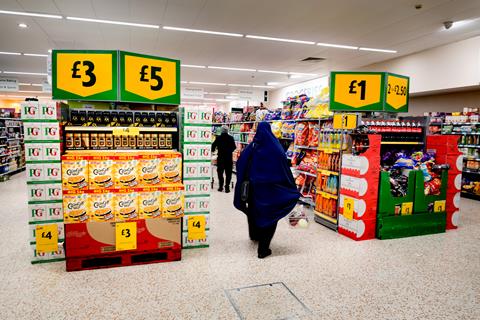
GfK data last week showed a noticeable fall in consumer confidence. There is media debate over what has driven this and whether it will endure. Optimists hope the government is dramatising the economic legacy it has inherited, managing expectations for a budget that may be less austere than feared.
Pessimists predict tough times ahead. Either way, value will continue to be a major issue in our industry. We might wish for a period when the pressure was less intense, but it is not going to happen.
So, how can you make sure your brand or product stays competitive as shoppers increasingly look for value? Here are three ideas.
First, ride the momentum of retailer loyalty pricing. This has worked with shoppers. We’ve seen it in Tesco’s market share performance and then in Sainsbury’s. Morrisons is hoping to follow suit.
Psychologists can debate why it works, but it just seems to be true that an offer only available to loyalty members gives shoppers a better buzz than an offer available to everyone. For brands, these deals offer access to good space and visibility in the right parts of the store, and big volume uplifts.
Second, think about how to frame value. Behavioural economics tells us people rarely appraise prices and value in a purely rational way. Instead, they think of things contextually. So: reframe the context.
Are you a jar of coffee that costs £7.75, or does each serving of your coffee cost 5p? Are you one of the more expensive ready meals on the shelf, or much cheaper than ordering a takeaway? Does your washing powder cost more than own label, or does it let you save on energy because it performs in colder water? The way brands and promotions are presented has a significant impact on the perceived value.
Third, hold your nerve and don’t knee-jerk. Remember why people are buying your product in the first place and reflect that in your brand’s body language. Remind shoppers on pack and in activation why your product is a good option.
It could be as simple as ‘UK’s number one’. It could be using awards and recommendations. It could be a provenance message. You don’t need all these things – choose one leading reason to buy, and clearly communicate it to shoppers.
Above all, resist the temptation to degrade quality, ingredients or packaging. It might do a job for you in the short term commercially, but consumers will notice. Once you have let standards slip, it will be hard to get them back.
So, to compete on value, work with loyalty prices and think about value framing. But also remember why you are good, and hold tightly onto that.



















No comments yet